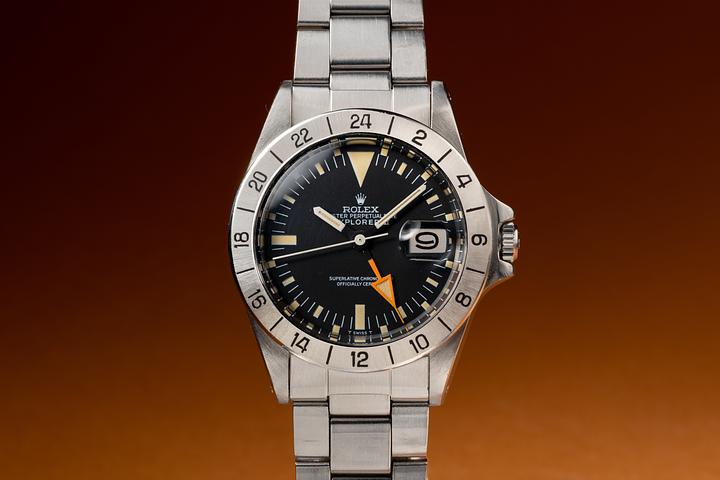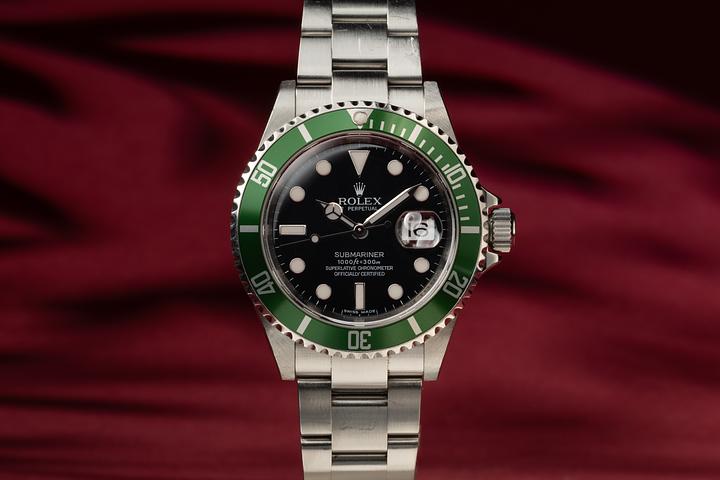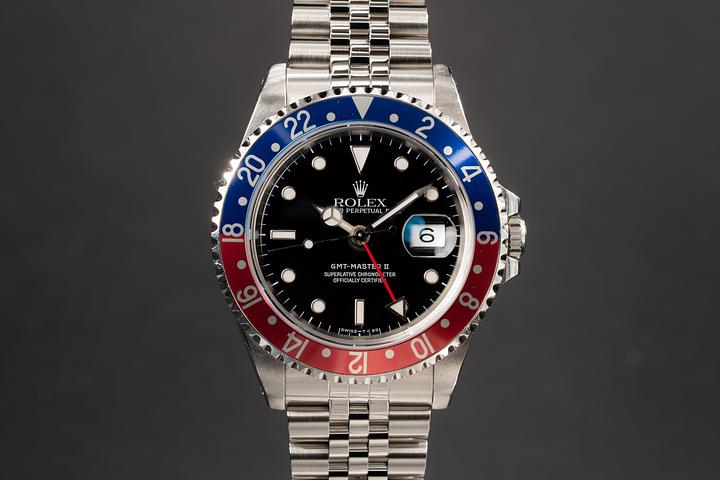Inside the Swiss Watch Legacy: Craft, Time, and Precision

The Timeless Legacy: A Deep Dive into the Heartbeat of the Swiss Watch Industry
It starts with a tick, really. Just that tiny, rhythmic movement—a sound that most of us don’t even notice anymore. But for the Swiss watchmaking industry, it’s a symbol of something much larger. It’s discipline. Craft. Precision engineered over centuries. You may wear a watch for functionality, or maybe it’s jewelry, a statement, a generational token passed down. Either way, if it’s Swiss-made, you’re touching a legacy that stretches far beyond simple timekeeping. Let's dive into the roots and evolution of the Swiss watch industry and figure out what it is, at its core, that makes Swiss watches so… well, perpetually iconic.
The Origins: How Timekeeping Found a Home in Switzerland
The Swiss weren’t always master horologists—believe it or not, watchmaking wasn’t born in Switzerland. The seeds of the tradition were actually planted in the 16th century when French Huguenots, fleeing religious persecution, settled in Geneva. They brought skilled trades with them, including watchmaking. At that time, Geneva’s goldsmiths found their artistic crafts regulated due to the Protestant Reformation. Unable to create decorative jewelry, many turned to watchmaking as a way to apply their artistic talents. A-ha, necessity meets invention.
By 1601, the Watchmakers Guild of Geneva was established, making it one of the earliest institutionalized expressions of horological professionalism in Europe. And just like that, the Swiss foothold was established—not loudly or by conquest, but by craftsmanship, patience, and meticulous persistence. Even back then, precision wasn’t just the goal—it was the baseline.
The Jura Spread: Cottage Industry to Regional Powerhouse
As Geneva developed a reputation for fine watches, rural areas of Switzerland—particularly the Jura Mountains—started to adopt the craft. Farmers in the Jura region began building watch parts during the long, snowbound winters. This decentralized, humble approach created a unique system: countless tiny home-based ateliers focused on individual components. One place made gears. Another, springs. Final assembly often happened in a central workshop. It was lean, it was efficient, and honestly, kind of brilliant.
This cottage industry laid the foundation for what would become Switzerland's enduring method: an ecosystem. Instead of one massive factory, Swiss watchmaking was—and still often is—a network of specialists collaborating in deeply nuanced ways. It’s not just a business model; it’s a philosophy of respecting expertise at every level of production.
Becoming the Best: Favor and Fortitude in the 19th Century
By the 1800s, Swiss timepieces were starting to dominate global markets. They blended quality craftsmanship with affordability, which honestly—then as now—is the dream. It wasn't just that Swiss watches were good; they were adapting. Innovators like Adrien Philippe, who would later co-found Patek Philippe, introduced game-changing features like the keyless winding mechanism. Others leaned hard into mass production and smart marketing—hello, Longines and Omega.
Meanwhile, brands like Vacheron Constantin and Audemars Piguet were quietly mastering the art of haute horlogerie, pushing complications and decoration into whole new realms. They didn’t only care about timekeeping—they elevated it to art. This dual-path approach (precision vs. prestige) gave the Swiss industry something other regions couldn’t quite replicate: versatility.
Quartz Crisis and the Resilient Comeback
Okay, pause. We need to talk about the 1970s. Because all wasn’t smooth ticking, so to speak. Enter the “Quartz Crisis”—a time when Japan, led by Seiko, unleashed battery-powered quartz watches into the international marketplace. They were accurate, affordable, and required less maintenance. The Swiss watch industry? Kind of freaked out.
Many brands folded. Others scrambled. But here’s where things get really Swiss. Rather than panic forever, the industry pivoted—fast. Nicolas G. Hayek led the launch of Swatch in 1983, producing stylish, Swiss-made quartz watches that were both inexpensive and culturally relevant. This saved not only jobs, but arguably saved the entire Swiss mechanical ecosystem. It also funded R&D for luxury verticals. So, while quartz took mass market share, Swiss mechanical watchmaking doubled down on quality, legacy, and craftsmanship. Smart move, right?
Modern Innovations Meet Mastery
Today, Swiss watches walk comfortably at the intersection of heritage and innovation. From Rolex’s in-house calibers with COSC precision certification to TAG Heuer’s venture into smartwatches with Swiss flair, or Richard Mille’s horological acrobatics (we’re talking tourbillons that can survive G-force level shocks!), the playground is diverse and technically elite.
One major development is vertical integration. Brands have been quietly acquiring manufacturers of movements (like ETA, Sellita, or even independent ateliers). Why? Control. When you're making something precise to a fraction of a millimeter, every supplier matters. Plus, collectors care. “In-house movement” isn’t just jargon anymore—it's a mark of autonomy and a promise of authenticity.
Let’s be honest: there are still plenty of great non-Swiss watches out there. But Swiss brands continue to lead the pack in one crucial department—emotional value. Whether it’s Patek’s perpetual calendars or Omega’s Moonwatch legacy, Swiss watches manage to narrate time as much as measure it. They involve the wearer in a bigger story—one about inventiveness, resistance, cultural continuity, and yeah, a sprinkling of romance.
Why the Swiss Standard Still Matters
We’ve come a long way from workshops in snowy Jura cottages. Today, “Swiss Made” still actually means something: at least 60% of production costs must be generated in Switzerland, and the movement needs to be encased and tested there. Is it regulatory red tape? Some may scoff. But for purists—and even the casually curious—it’s a badge of quality that’s centuries in the making.
So the next time you glance down at a Swiss watch on your wrist—whether it’s a Rolex Submariner, a Jaeger-LeCoultre Reverso, or a simple Tissot quartz—you’re not just looking at time. You’re looking at a 500-year-old tradition that never stopped ticking. In an era of fleeting trends, that kind of consistency? That matters. And the best part? It always will.




